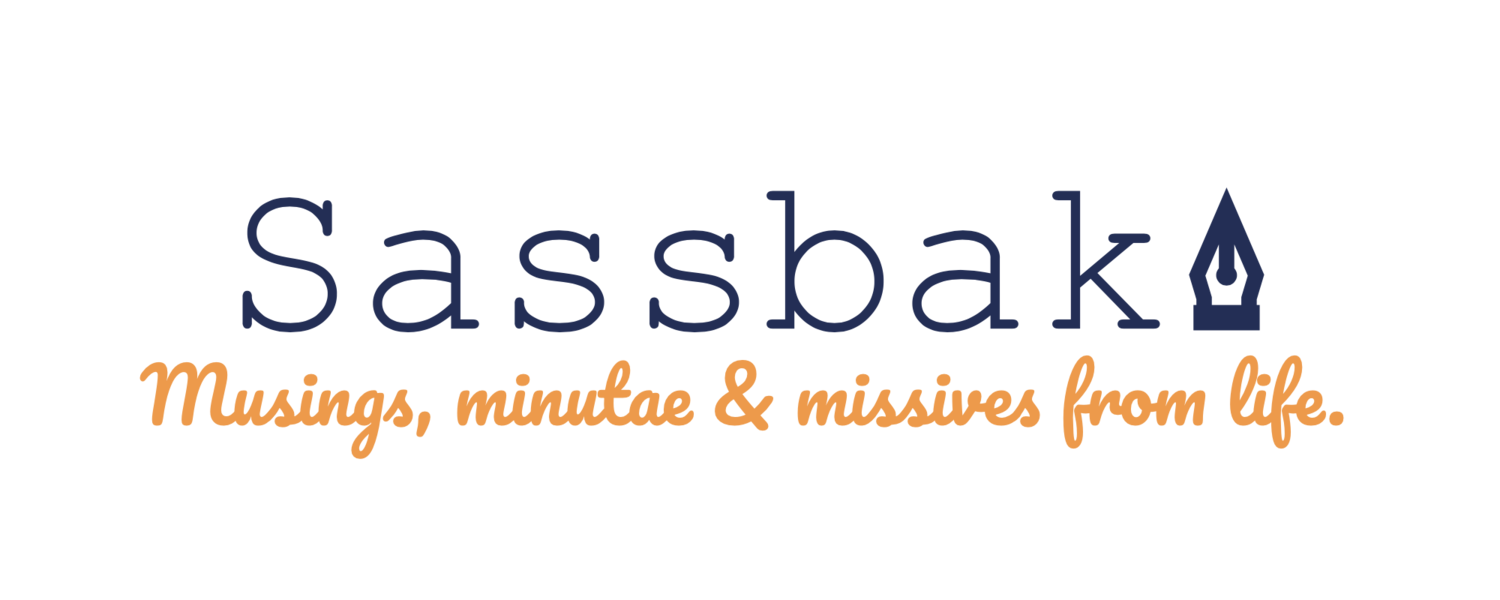Knit Wit
Regarding her discovery of the delights of knitting five years ago, Mrs. Pike said it best: “I fell off a cliff into a big pile of yarn.”
This has been my experience over the month and a half. The cozy, colorful wool blends; the slippery organic cotton; the soft, luscious alpaca; the wooly, luxurious llama. All in variegations and colors you couldn’t imagine. To walk into a yarn store of any caliber is to be confronted with an impossible palette—how to knit them all?
Many who know me find it odd that I have so obsessively taken to knitting, of all things. And while it’s something that I’ve always wanted to learn, I’m a little surprised myself at the fervor that I have adopted this crafty habit. I have delightful dreams that I have mastered the continental method, or that I have discovered a beautiful new stitch and have made something amazing with it. I dream in yarn, imagining patterns and color combinations. I am still mystified by such basic knitting skills such as cabling and increasing and decreasing, but every couple of weeks, another of these mysteries is put to rest. The most anticipated event on my calendar (second only to the Biden/Palin Death Match) is my Thursday night hat-making class. I’m hooked. And it’s a good thing I didn’t get into crocheting, or that would be a terrible pun.
I went back to the parental homestead in August to be with my parents during my father’s last weeks. It became clear pretty quickly, that when your father is dying on a hospital bed in the dining room, sitting upstairs and watching TV is not the thing to do. Nor is reading books or diddling about on the computer or watching movies. Mom and I played cards. We found little things to do around the house during Dad’s frequent and long naps—but mostly we were just waiting to play cards. If you’re going to play cards until 5:30 in the evening, you can’t start at 10 a.m. So, we usually busied ourselves until around one or two, then we succumbed and played game after game after game; mostly Palace. A little Scopa. A lot of Spite & Malice. We played so much I developed a sharp, painful tic in my wrist from shuffling. The amount of cards we played had surpassed ridiculous—we both knew we were going to need another pastime, and kicking cocktail hour up to three o’clock instead of four was not the best of options.
That’s when I remembered that I’d always wanted to knit. I even had a booklet I had bought a year or two before—I Can’t Believe I’m Knitting!—stowed away in my room. With the help of that book and my mom’s memory for the craft and her thirty-year-old No. 8 needles, I was knitting and purling with confidence within a day and ribbing successfully in three. I quickly became a regular at Beverly’s, stopping by every two or three days for yet more skeins of yarn and more needles in various gauges. Then, when I found myself having to pry my needles and yarn away from my mother, her friend brought over an extra skein, and my mom fell to it as well. The two of us sunk into respective couches, morning coffee or evening cocktails growing cold or getting warm on the coffee table, and my dad snoring away, sleeping the sleep of a dying man.
Knitting became the perfect thing. Part meditation, part creativity… and usually just diverting enough to not feel quite so hopelessly crushed by the heaviness of the situation, yet not so absorbing that we were checked out, avoiding the all-too real reality. It was a tool for presence, but also for some modicum of peace, even if only small moments among the maelstrom of thoughts that can hardly be borne. Even the most harrowing days, knitting became the smallest respite, but the only respite. And in the sudden silence that followed Dad’s death, Mom and I kept at it, our respective projects growing in size, then in number as we finished one and moved on to the next, filling the new emptiness with soft, warm yarn—inadequate, but something.
I worried that my return to San Francisco would prove the end of my newfound knitting habit. I was knitting six to eight hours a day. A scarf could be done in four days. I was eager to try bigger, more complicated projects. Where would I find the time? I did have to go to work, after all. And I’d have to start going to the gym again and perhaps experimenting with having a social life in this new order of things—I couldn’t see knitting fitting in anywhere in this so-called life that I was allegedly returning to.
But I am still at it, with almost stupid frequency. Work has been slow, so I knit at my desk. I knit over the weekend between chores and outings. I knit on the bus to and from work. I knit after dinner before I get ready for bed. It has fit neatly into my life and the latest project rides around in my bag, always ready to sooth me with neat little knots of happy color. Always ready to be the smallest, softest refuge from the hard minutes that happen every day. If there is one good thing to say about 2008, that is, it is the year I learned to knit.
